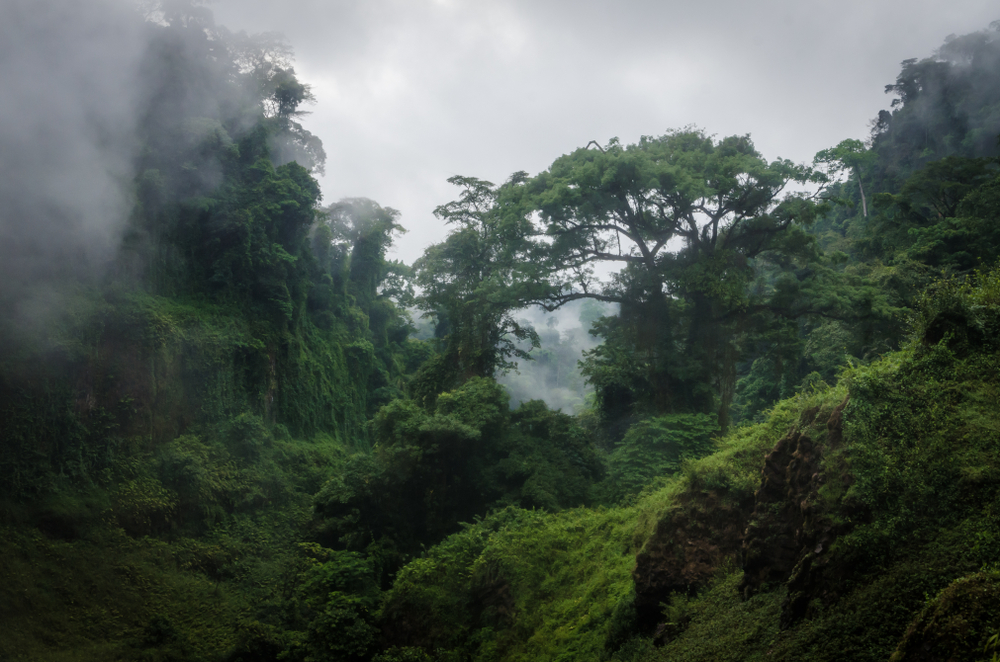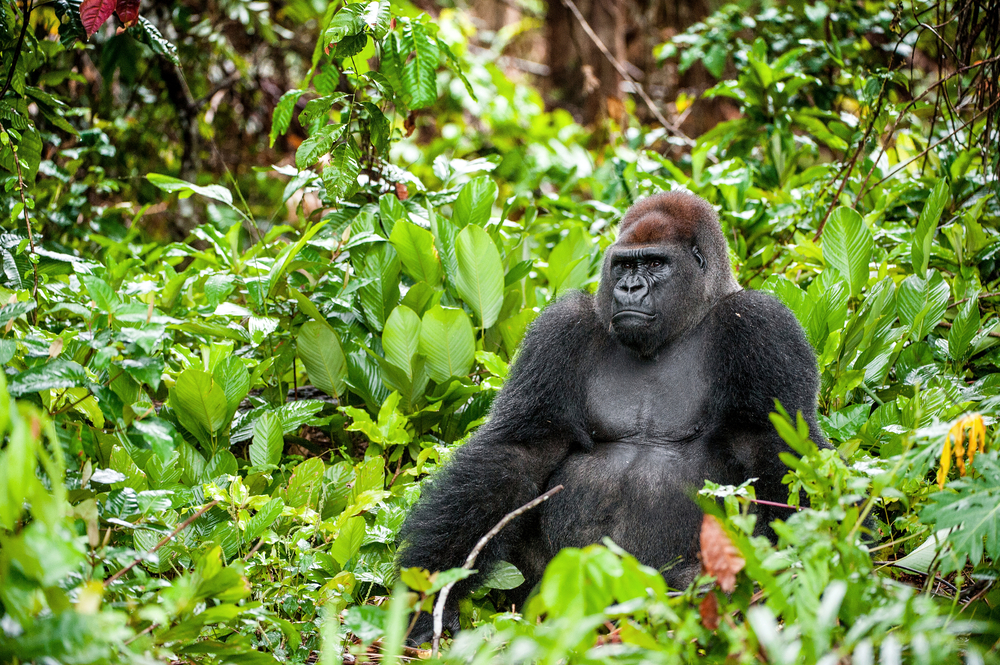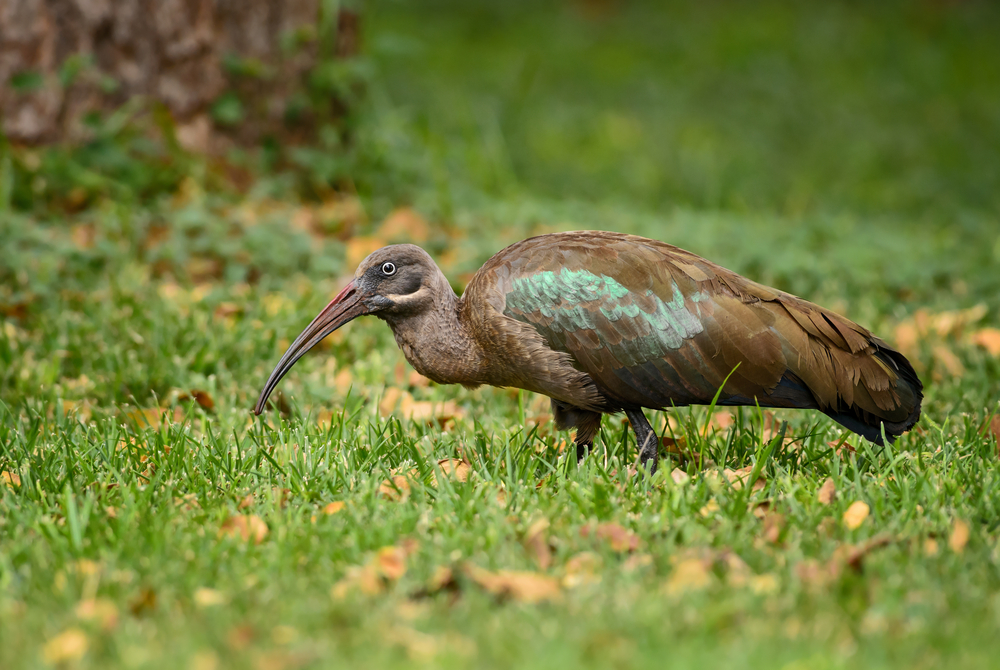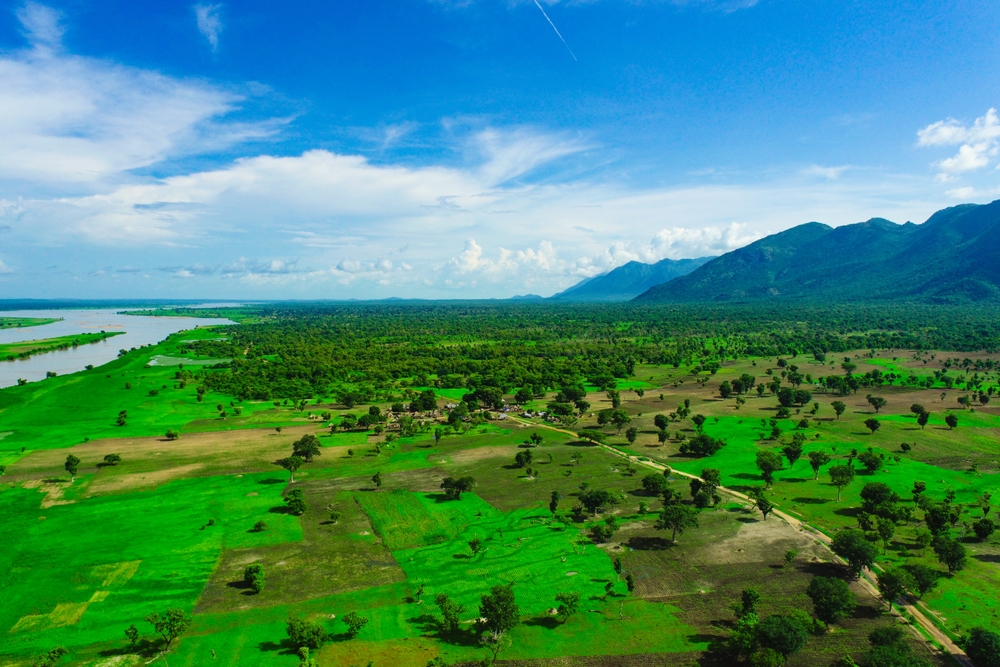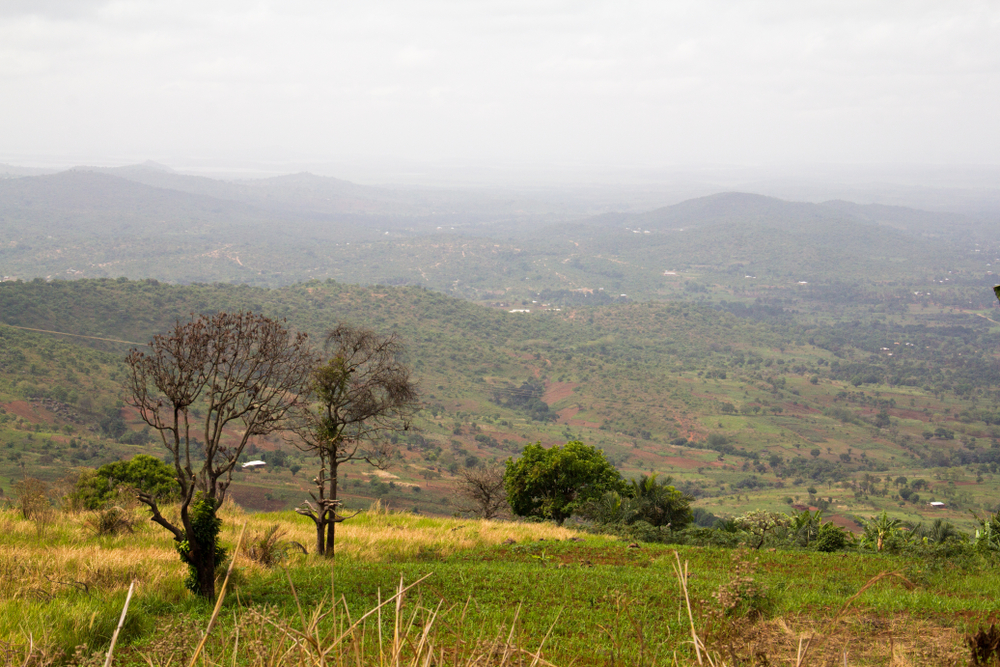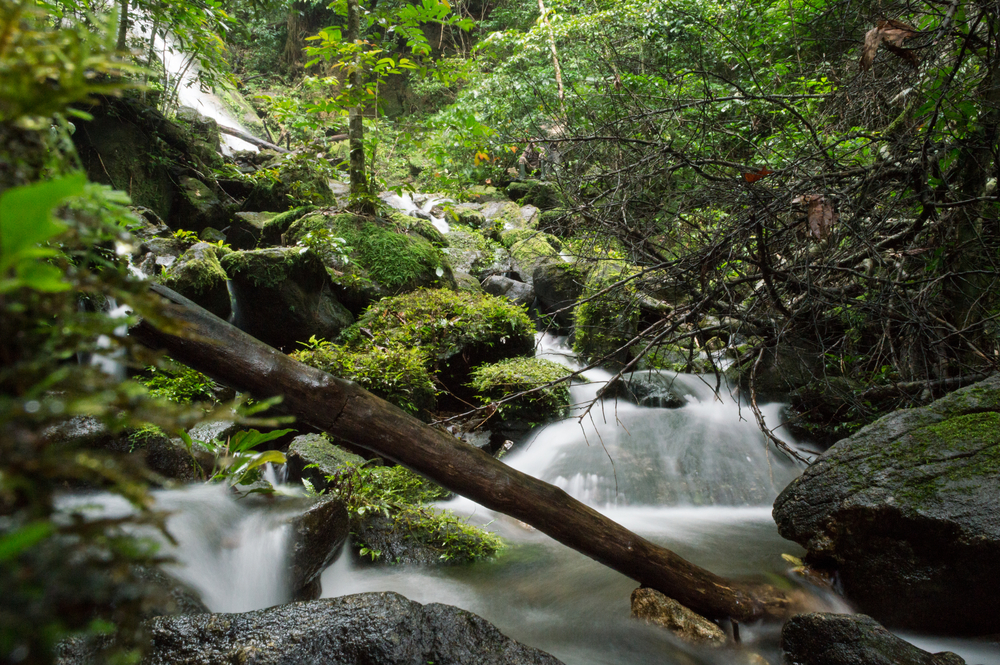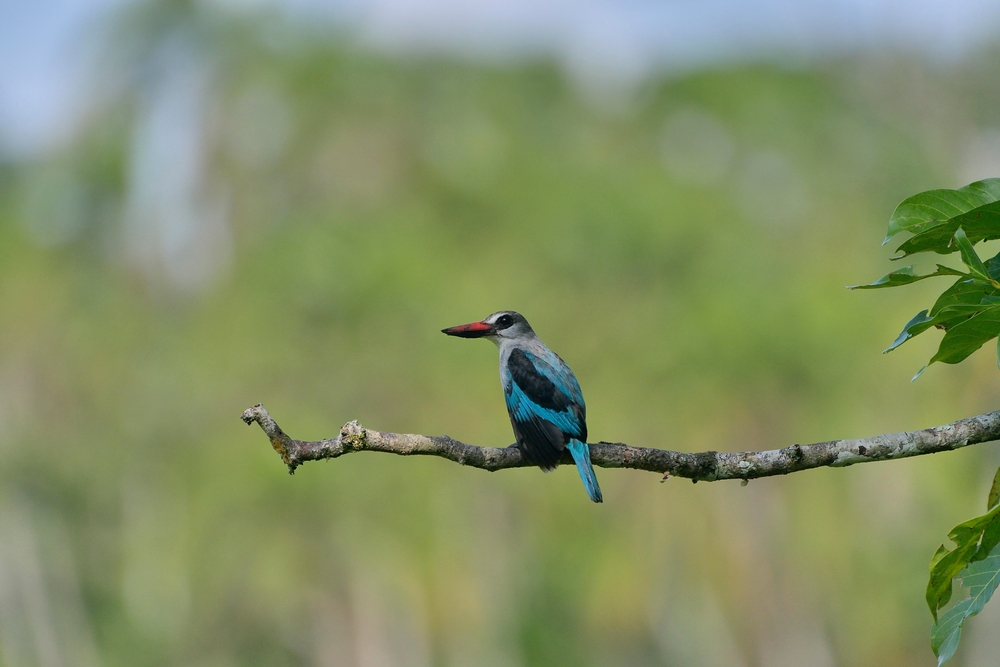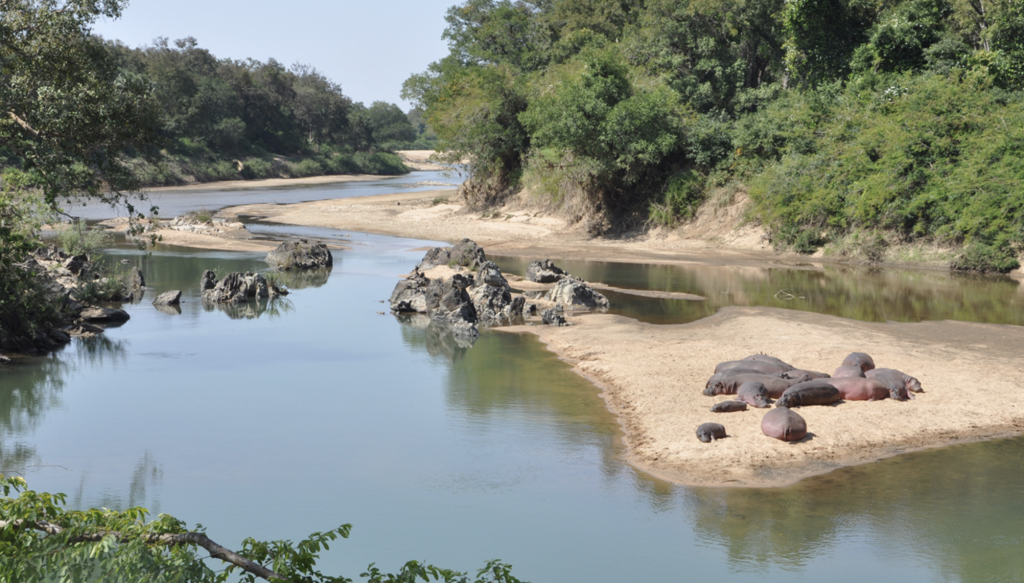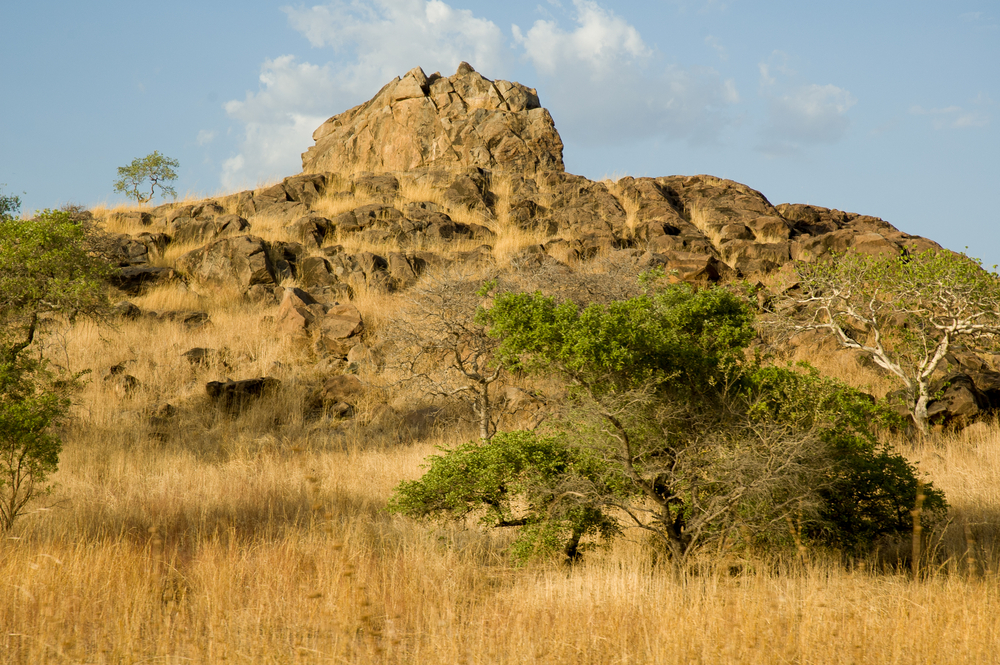Mbéré Valley Overview
Mbéré Valley National Park, locally known as “Parc National de la Vallée du Mbéré”, is a remarkable conservation area situated in the Adamawa Region of Cameroon. Established in 2004, the park spans approximately 876 square kilometers (338 square miles), encompassing a blend of savanna and wetland ecosystems. The park is a critical component of Cameroon’s biodiversity preservation strategy, providing refuge for a variety of flora and fauna while playing a role in maintaining ecological balance in the region.
The park’s terrain is characterized by vast grasslands, rolling hills, and wetlands. Seasonal rivers and water bodies dominate the landscape, with the Mbéré River serving as a vital water source for the park’s ecosystems. The vegetation is primarily savanna, with scattered acacia trees, shrubs, and pockets of riparian forests lining the watercourses. The wetlands support lush vegetation, creating habitats for aquatic and semi-aquatic species.
Mbéré Valley National Park is home to diverse wildlife, showcasing the rich biodiversity of the region. Iconic large mammals such as elephants, buffalo, and roan antelopes inhabit the savannas, while primates like patas monkeys and baboons are commonly observed in forested areas. The park is also a birdwatcher’s paradise, with species such as marabou storks, vultures, and African fish eagles thriving in its varied habitats. The wetlands support reptiles like crocodiles and a range of amphibians, adding to the park’s ecological significance.
Visitors to Mbéré Valley National Park can explore its natural beauty through guided safaris, birdwatching tours, and hiking excursions. Game drives across the savannas offer opportunities to spot large mammals in their natural habitats, while the river and wetland areas provide serene settings for observation and photography. Educational programs and community-based tourism initiatives allow visitors to learn about the park’s conservation efforts and the sustainable practices of local communities.
Despite its ecological importance, Mbéré Valley National Park faces significant challenges. Poaching, primarily for bushmeat and ivory, threatens its wildlife populations. Agricultural expansion and overgrazing have led to habitat degradation, while climate change exacerbates the pressures by altering water availability. Human-wildlife conflict also poses an ongoing challenge as communities encroach on the park’s boundaries. Conservation efforts, led by the Cameroonian government and supported by international organizations, focus on anti-poaching patrols, habitat restoration, and community engagement. Promoting eco-tourism is a key strategy to generate income while raising awareness of the park’s value.
Mbéré Valley National Park is a vital part of Cameroon’s natural heritage, offering a haven for biodiversity and an opportunity for sustainable tourism. Its unique landscapes, diverse wildlife, and cultural significance make it an essential area for conservation. Protecting Mbéré Valley ensures the survival of its ecosystems and supports global efforts to preserve the planet’s biodiversity for future generations.








































































